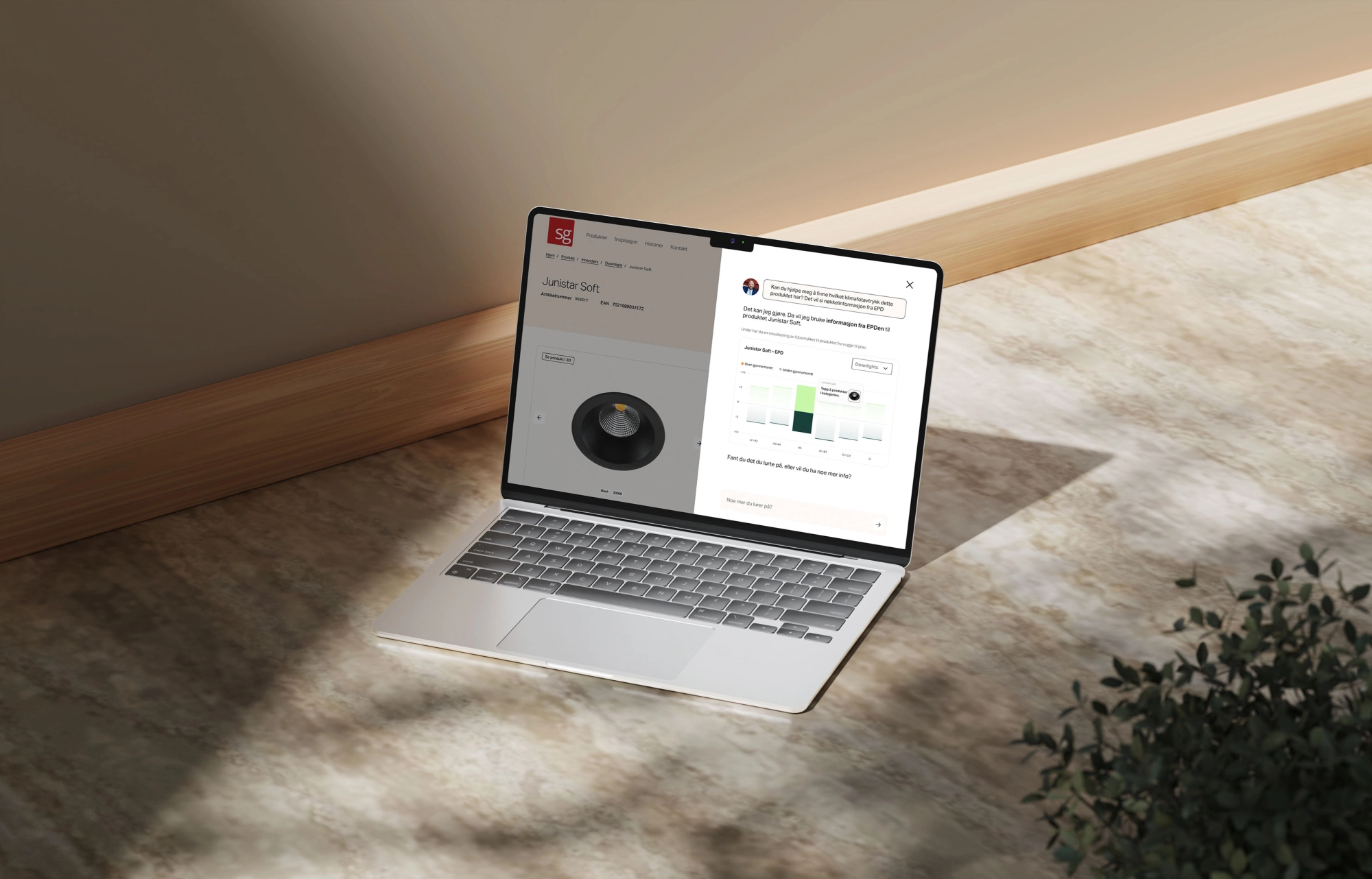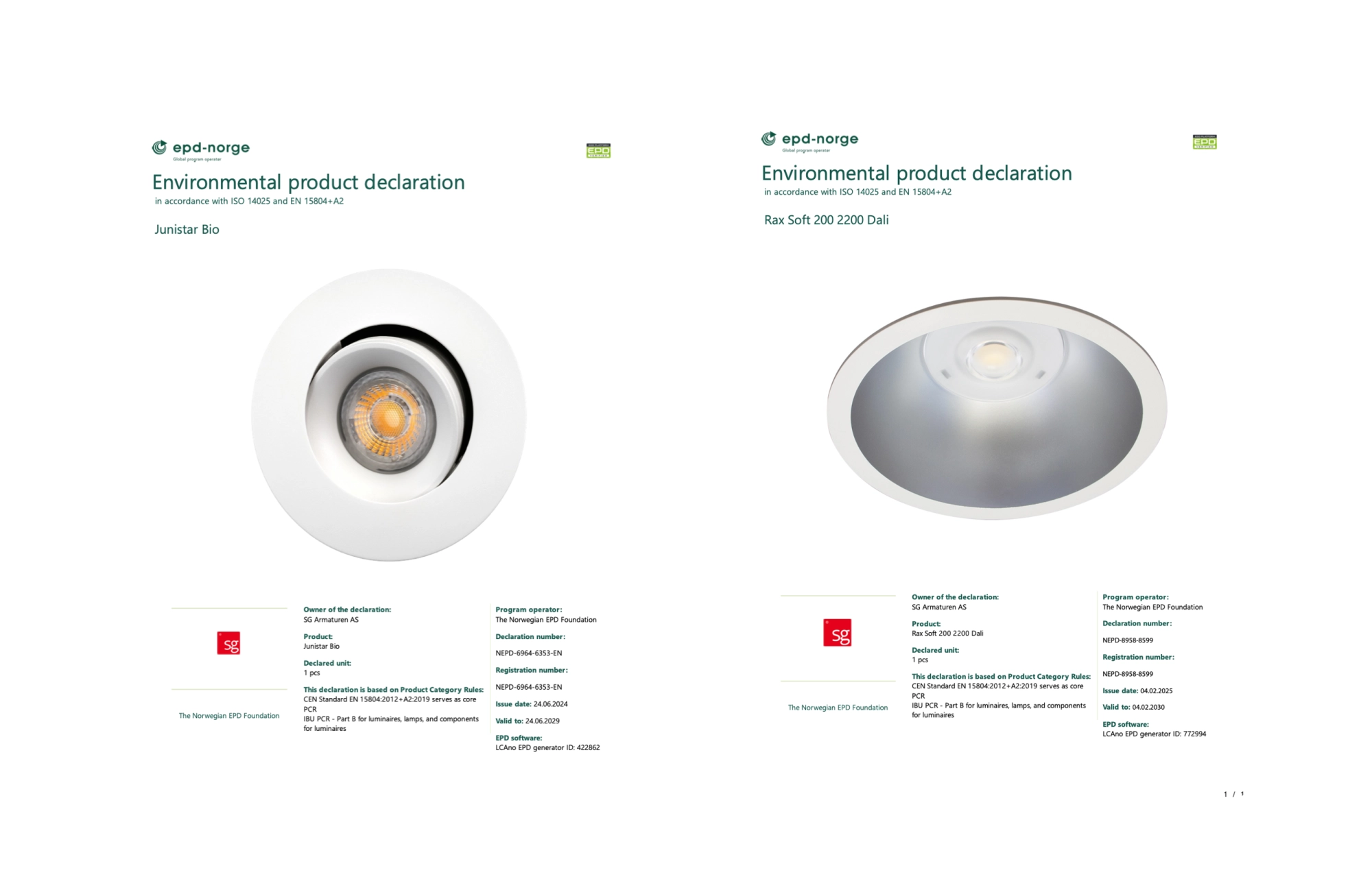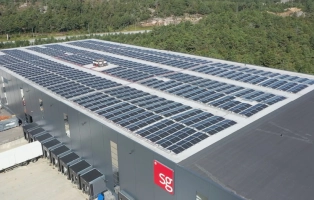Environmental Product Declaration
An Environmental Product Declaration (EPD) is a standardized report, based on ISO criteria, that details a product's life cycle environmental impact, enabling clear and objective comparisons between similar products.

The goal is to reduce our carbon footprint
EPDs make it possible to compare the environmental information of products within the same category, regardless of country. Thus, allowing us to choose products more wisely and in that way ensure that we reduce our carbon footprint
Transparency across all stages
We are working hard to develop EPDs for our products. In a life cycle analysis, we review the environmental impact of our products in the production phase, the use phase and the disposal phase. The EPD is also a decision-making tool when we choose which measures or goals we are working towards. For example, we realise that phasing in recycled material has a major impact on the EPD of our products. The EPD can also be used by our customers when working on their own climate accounts.

How to Make a Fair Comparison of EPDs
When comparing EPDs from different lighting suppliers, it’s important to look beyond the final numbers. Although the EPD format is standardized, the underlying assumptions made by each manufacturer can vary significantly.
To make a meaningful comparison, you must check the specific scenarios detailed in the EPD. Pay close attention to:
- Transport distances (module A4)
- Energy consumption during use (module B6), including the number of lighting hours (tD) and the energy mix* used
- Expected service life, often based on standards from Lighting Europe
Only when these assumptions are aligned can you make a true apples-to-apples comparison.
*We have used the Norwegian energy mix in our EPDs. If the product is used in other countries, B6 should be recalculated to find the correct value.




